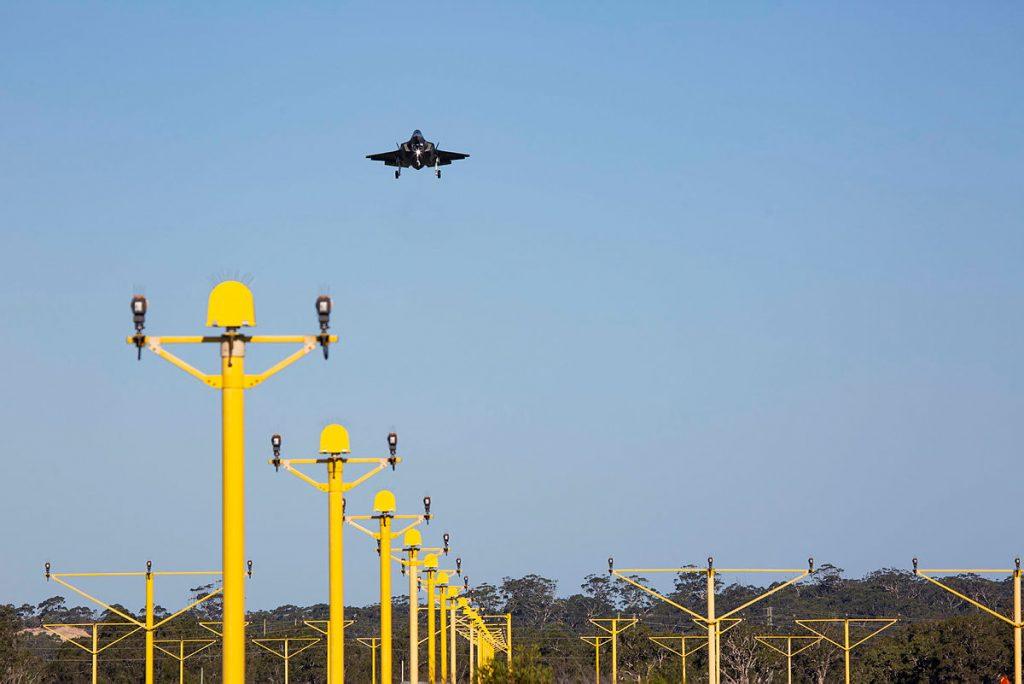
Defence of the nation involves a lot more than weapons, and the deterrent effect the government seeks to achieve through the Australian Defence Force’s high-end warfighting capabilities is inextricably linked with broader national resilience. That connection has often been taken for granted in defence planning.
The government needs to view effectiveness in deterring adversaries through a wide lens that captures the complex nature of national resilience. Treating deterrence as a national endeavour requires the government to weave the strategic threads of its large projects in areas such as manufacturing, energy and infrastructure into its deterrence posture.
Elisabeth Braw, a journalist and visiting fellow at the American Enterprise Institute, argues that because of the close links between private and commercial interests in a nation’s operations and critical systems, any issue within them is likely to become a national security concern.
Covid-19 has exposed vulnerabilities in supply chains and pharmaceuticals. A prominent example is semiconductor manufacturing, which has become topical due to a shortage of software and computer chips. This has occurred because, while chips are designed in various parts of the world, only Samsung in South Korea and the Taiwan Semiconductor Manufacturing Company are capable of manufacturing the most advanced 5-nanometre chips.
The lack of resilience in the semiconductor supply chain has exposed vulnerabilities in the commercial sector, such as car and mobile-phone manufacturing. But it has also exposed military operations around the world, because Taiwan is the sole producer of the Xilinx chips used in the F-35 joint strike fighter. This illustrates the deep connections between commercial and public interests when it comes to national defence.
Relying solely on the ADF to create a deterrent effect is a lopsided approach. The purpose of deterrence is to complicate the calculations and raise the costs of action for an adversary while attaining a continuing advantage for one’s own forces.
Over the past two decades, deterrence theory has moved beyond the traditional realms of punishment and denial. Rather than specifically seeking to counter weapons systems, new theories aim to combine punishment with strategies of influence, de-escalation and relationship-building. A recent RAND report describes this approach to deterrence as ‘the artful orchestration of political, military, and economic instruments of power’.
The ADF’s ability to deter malign actors relies on national resilience beyond the boundaries of military bases and establishments.
Australia’s dependence on imports of refined liquid energy is a key vulnerability in our deterrence picture. While the ADF’s high-end warfighting capabilities may match or overmatch those of an adversary, the reach and duration of ADF operations are closely linked to fuel stockpiles on Australian soil or overseas bases.
Any disruption to sea lines of communication could severely undermine the credibility of the deterrent effect of these high-end warfighting capabilities. Establishing sovereign capabilities to produce and store fuel from indigenous feedstock would help resolve this concern by ensuring that a single action by a malign actor won’t cripple the nation.
Australia is a major importer of fossil fuels because it has limited refining capacity. While the general population and the ADF depend on combustion technologies for everyday use, fossil fuels will continue to be a major part of Australia’s energy demands, requiring a transition plan rather than a step-change towards net-zero emissions. Yet, due to the vexed narrative around the use of fossil fuels, energy security and climate change are treated as discrete elements.
Industrial-scale processing methods are commercially available that could solve Australia’s energy-security and climate-change dilemmas. Qatar and South Africa have been using the Fischer-Tropsch processing method to convert coal and natural gas into liquid fuels for decades. These fuels have comparatively low greenhouse-gas impacts, including 50–90% less particulate matter and 100% less sulphur than crude oil.
While natural-gas production generates emissions in line with traditional fuel-production methods, the gasification and liquefaction of coal are heat intensive and produce large emissions. However, the heat from these manufacturing processes can drive a steam turbine to generate electricity. When coupled in this manner, emissions from producing liquid fuel and electricity are much lower than traditional methods.
The Fischer-Tropsch process can be competitive when the price of oil ranges above US$55 per barrel. Such methods can form the basis of Australia’s transition from fossil fuels to 100% renewables while solving its fuel import dependency.
That makes it attractive to consider the mining industry as part of the nation’s deterrence framework through its ability to create liquid energy security without any negative impact on the economy or long-term climate ambitions.
This is just one example of how the government could consider deterrence as part of a complete system. In practical terms, this can be achieved by connecting policy statements such as the 2020 defence strategic update, which is directly aimed at the ADF’s high-end warfighting capabilities, and the various energy and infrastructure projects currently viewed as discrete elements aimed at boosting jobs and dealing with climate change.
A holistic approach to national deterrence can create a thriving manufacturing sector that generates revenue and jobs. When viewed as part of an integrated system, these capabilities can be more effective than the sum of the parts in deterring malign actions against Australian interests. The government continues to fund many different deterrence programs. Now we need to consider each as a component of a complete capability to achieve credible deterrence.